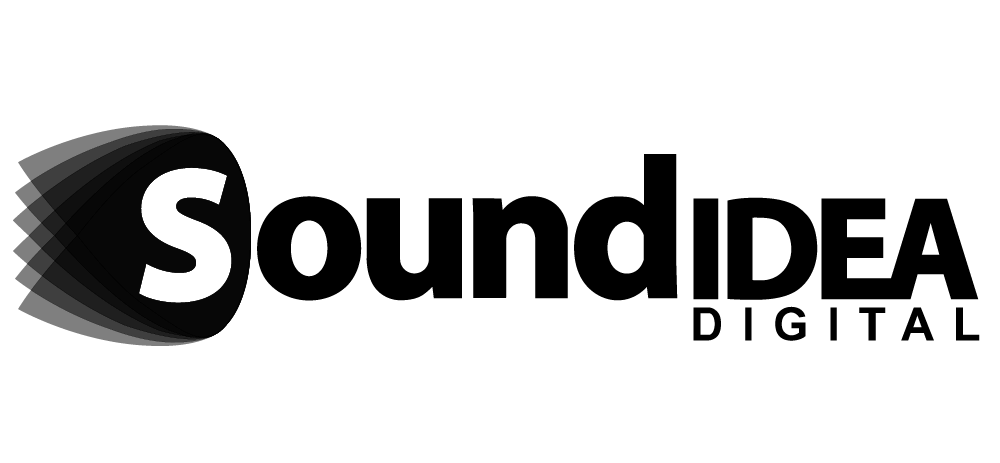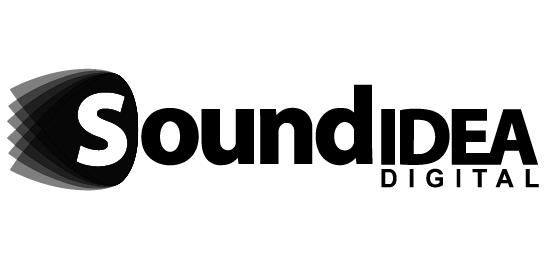
Learning Management System in South Africa and SIS
In recent years, South African education has been navigating a digital transformation—where every school and tertiary institution strives for smarter, more efficient learning. At the heart of this evolution lies the integration between a sophisticated learning management system in South Africa and the essential student data housed in Student Information Systems (SIS). When these systems work in harmony, institutions enjoy streamlined workflows, more accurate data, heightened compliance, and ultimately better learning outcomes.
Understanding the Distinct Roles of LMS vs SIS
A learning management system in South Africa focuses on delivering and organising educational content, facilitating assessments, assignments, and centralised feedback mechanisms. By contrast, a SIS is the core repository of student information: admissions data, course registrations, attendance, grading records, and financial transactions. While separately powerful, the true magic happens when your LMS leverages live student information from the SIS—ensuring every course rollout and grading record is accurate, timely, and aligned with institutional data.
South African SIS Landscape
South Africa’s public schools widely use government-supported SIS platforms for attendance, teacher records, and reporting. Private and tertiary institutions often enhance these systems with third-party SIS solutions that support integration. Many of these work on cloud infrastructure, making them highly adaptable to integration with a modern learning management system in South Africa.
The Many Benefits of LMS–SIS Integration
- Automated Enrolment & Class Management
When a student enrols via the SIS, they automatically gain access to the correct courses within your LMS—saving time and preventing manual errors. - Streamlined Grading and Reporting
Completed assessments in the LMS feed grades directly back to the SIS. Teachers, students, and administrators access real-time academic results with ease. - Enhanced Student Experience
Consistent data across multiple systems minimises confusion—no duplicate records, no outdated information—a smoother journey for every learner. - Stronger Analytics and Insights
By merging performance data from the LMS with demographic and attendance data from the SIS, institutions unlock richer, holistic insights into student success and risk profiles. - Time and Cost Efficiency
Reducing manual data entry not only cuts administrative workload but allows staff to focus on student support and instructional planning.
Within every enhancement, the power of a learning management system in South Africa shines through—empowering institutions to run smarter and perform better.
Technology Methods & Standards for Integration
Integration requires reliable, secure methods. Common approaches include:
- RESTful APIs: These interfaces enable seamless communication, allowing the SIS to push enrolment details or receive updated grades after assessment within the LMS.
- IMS Standards: Protocols like LTI (Learning Tools Interoperability) and OneRoster ensure compatibility between systems, helping establish routines for roster synchronisation and grade exchange.
- SSO Mechanisms: Single sign-on using SAML or OAuth provides learners with password-free access across platforms, reducing friction and improving security.
Each approach supports the backbone of a robust learning management system in South Africa, providing future-ready flexibility and scalability.
Integration Challenges Faced in South Africa
Despite the potential advantages, several challenges persist:
- Inconsistent Data Standards: Institutional systems may define fields differently, leading to mismatches when integrating SIS and LMS.
- Legacy System Constraints: Older SIS solutions may not support APIs—limiting integration without custom workarounds.
- Technical Expertise Gaps: Smaller schools often lack dedicated IT staff or developers for implementation and upkeep.
- Budget Limitations: Cash-strapped educational bodies may struggle to balance the cost of middleware and cloud services.
Recognising these obstacles helps institutions plan effectively and anticipate where support may be needed.
POPIA Compliance & Data Security
When syncing student records across an SIS and learning management system in South Africa, compliance with the Protection of Personal Information Act (POPIA) is non‑negotiable. Key obligations include:
- Lawful and Transparent Data Use: Students and guardians must know how personal data is processed.
- Data Minimisation: Only essential information for learning and administration should be shared.
- Security Measures: Encryption, access controls, and periodic audits safeguard sensitive data.
- Consent & User Rights: Individuals have the right to consent, access, correct, or delete their personal data.
Any integration design must embed POPIA-oriented practices at every layer.
Cost & Infrastructure Planning
Integration brings both opportunity and cost. Infrastructure requirements typically include:
- Licences for API connectors, cloud hosting, or middleware platforms.
- Hardware Support such as reliable servers or scalable hosting environments.
- Internet Bandwidth for data transfers and continuous synchronisation.
- Technical Training & Support to ensure staff understand how systems function together.
- Long-Term Maintenance to manage updates, security patches, and compliance changes.
For under-resourced institutions, cloud tools and light-on-premise integration models offer a cost-effective alternative.
Customised vs Ready-Made Integration Solutions
- Custom-Built Connectors
Ideal for highly customised SIS environments. They offer flexibility but demand high developer input, and long-term maintenance responsibility. - Off-The-Shelf Middleware
Such platforms come pre-configured to connect most SIS formats to popular learning platforms. They balance rapid deployment with fewer customisation options.
The decision hinges on technical expertise, budget, and specific institutional needs—and at each turn, the value of a solid learning management system in South Africa remains central.
Best Practices for Effective Integration
To maximise impact and minimise risk:
- Begin with Roster Sync: Prioritise student and course synchronisation as your first integration milestone.
- Embed POPIA Compliance: Ensure data encryption, consent frameworks, and audit trails are standard.
- Train Staff: Equip your team with the skills to manage and troubleshoot integrations.
- Start Small & Expand: Pilot projects help uncover issues before full-scale rollout.
- Plan Ongoing Maintenance: Budget for updates and system health checks after launch.
A Smarter South Africa
Combining a robust learning management system in South Africa with existing SIS infrastructure is a transformative step. It centralises student data, reduces administrative burden, supports compliance, and improves educational quality. The result? More engaged learners, empowered educators, and streamlined operations.
At Sound Idea Digital, we specialise in helping South African educational institutions navigate this integration journey. We handle SIS analysis, design API-led solutions, ensure POPIA compliance, and support ongoing maintenance. If you want your learning management system in South Africa to connect seamlessly with your SIS, contact us. We’ll help you streamline processes and boost student success – get in touch today.



